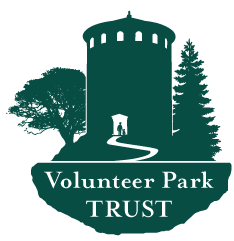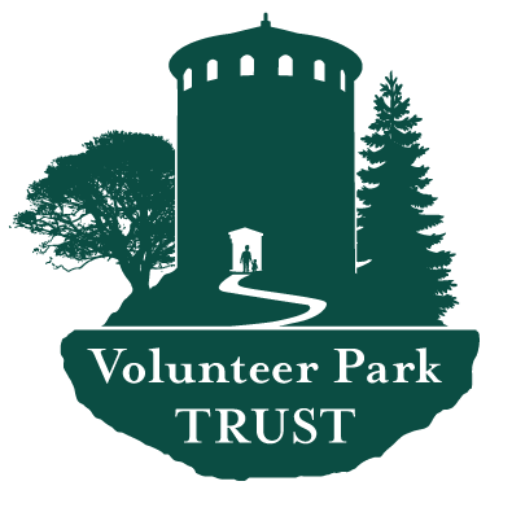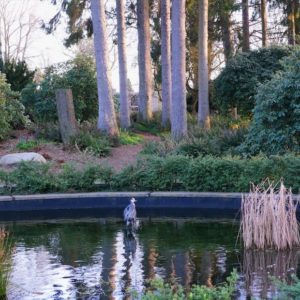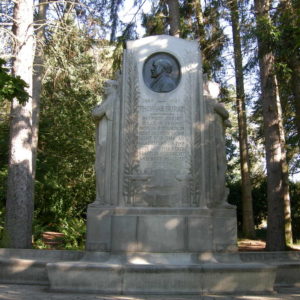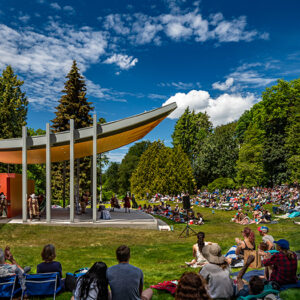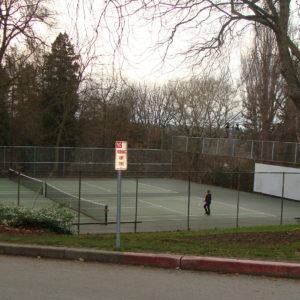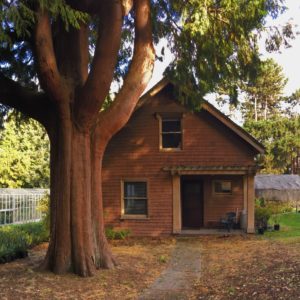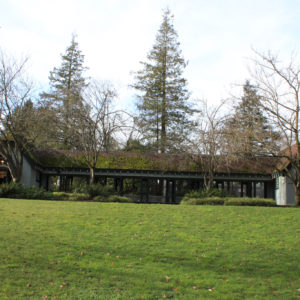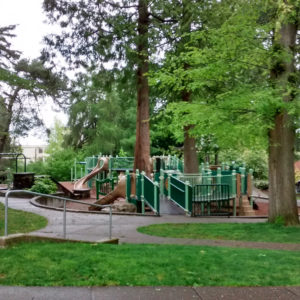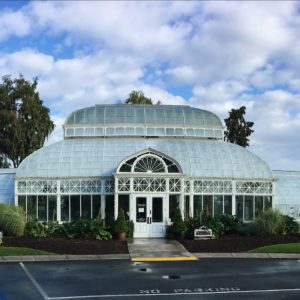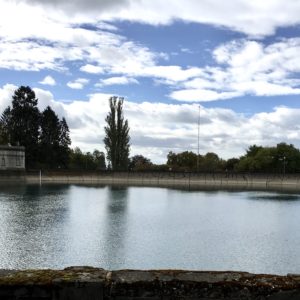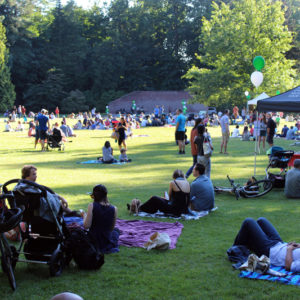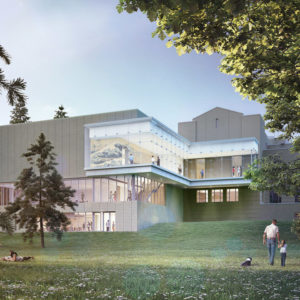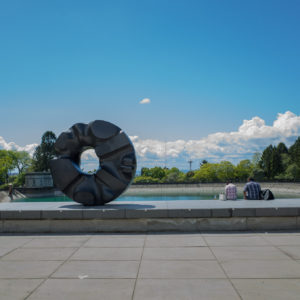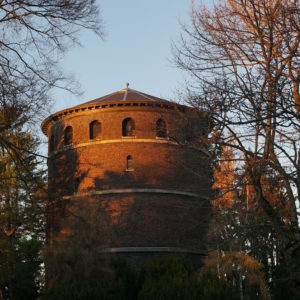Two lily ponds flank the terrace along the west side of the Concourse.
Things To Do At Volunteer Park
The Burke Memorial
Judge Thomas Burke was an important civic leader in Seattle.
The Amphitheater
The performing arts have been part of Volunteer Park’s history since the first concert grove was constructed in 1910.
Tennis Courts
John Charles Olmsted characterized Volunteer Park as a landscape park. This meant that it was primarily designed for people to enjoy the landscape. So how did the tennis courts come to be?
The Keeper’s Lodge
The Keeper’s Lodge, built in 1910, is a charming example of Craftsman architecture and is still used by Seattle Parks and Recreation for offices and crew quarters.
Shelter House
The shelter house is one of just a handful of Olmsted-designed structures still standing in Seattle parks.
The Playground
Neighbors initially feared that the noise from the playground would be disruptive for adjacent homes along Federal Avenue, so the playground was relocated.
Conservatory
Though it has been substantially renovated over the years, the Volunteer Park Conservatory building retains its original appearance as a Victorian iron and glass conservatory.
Reservoir
The reservoir was already built when Olmsted was commissioned to design Volunteer Park. He immediately saw it as an asset.
Great Lawn
Things to See at Volunteer Park
The lawns create space for gatherings and recreation. On a sunny day, this lawn is full of picnickers, people playing Frisbee, and people walking their dogs.
Seattle Asian Art Museum
Things to see at Volunteer Park
The Seattle Asian Art Museum was the original home of the Seattle Art Museum.
The Black Sun
Things to see at Volunteer Park
The Black Sun, sculpted by Japanese artist Isamu Noguchi, was placed in the park in 1969.
Water Tower
Climb the interior stairways, which spiral up opposite sides of the standpipe, to reach the observation deck at the top of the structure. John Charles Olmsted located the standpipe along the concourse because it is the highest point in the park, affording the best views of the surrounding landscape.
